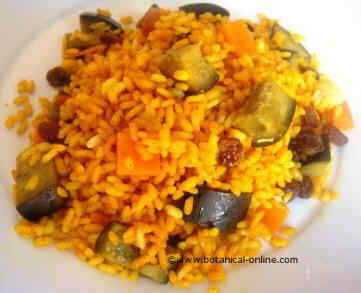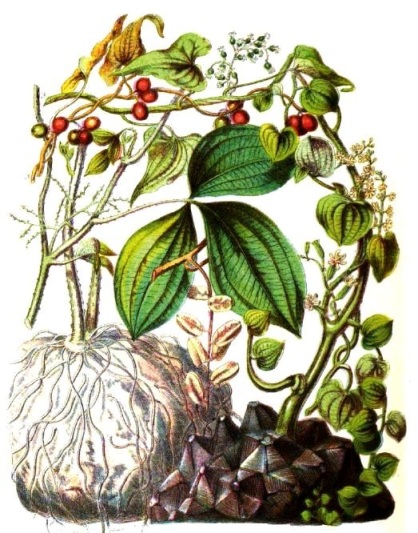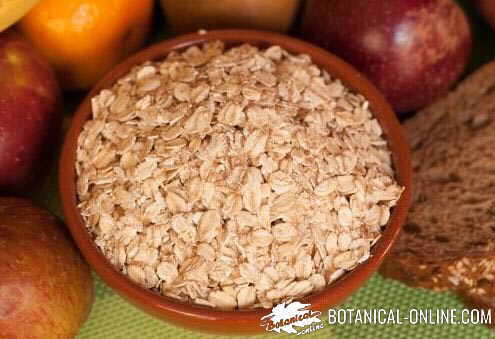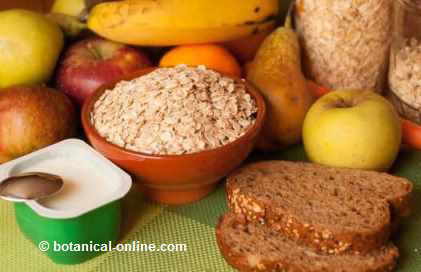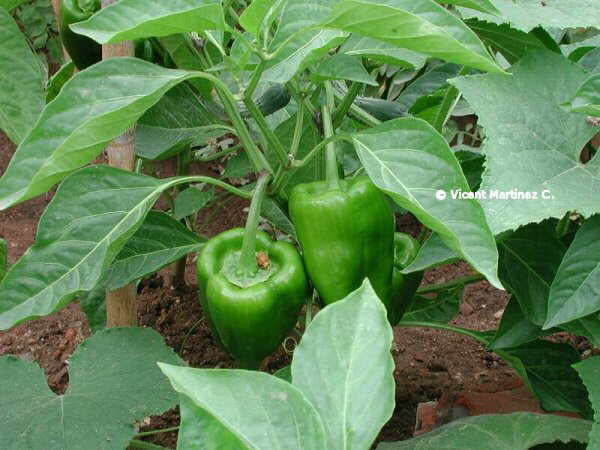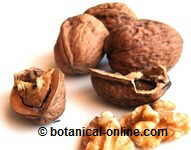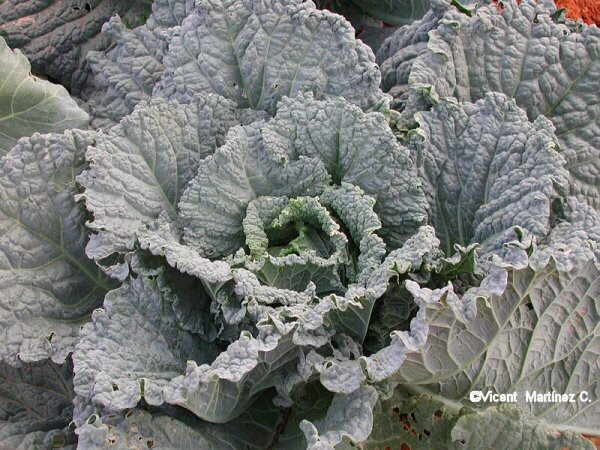Contents
What are vegetable oils?
Characteristics of vegetable oils
Vegetable oils are the fatty or lipid extraction of seeds or oleaginous fruits. They are mainly composed of saponifiable lipids, that is, fatty acid units of different types and lengths.
The proportion of these fatty acids and their different characteristics, are those that confer the different properties to the different existing vegetable oils.
Where do vegetable oils come from?
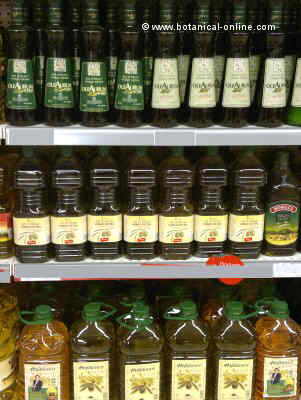
Vegetable oil as a product is a substance that has been obtained through fruits with a high fat content, such as the fruit of the olive tree, that is, the olive, sunflower seeds, or that of nuts, among many others .
What plants are vegetable oils extracted from?
Some examples of vegetable oils, in addition to those already mentioned, are, for example, pumpkin seeds oil , flax seeds oil , chia seeds oil , rapeseed oil , castor beans oil , soybean oil or even a legume with high lipid content such as peanut (peanut oil).
Oil is also extracted from nuts such as hazelnuts or almonds or even from cotton and grapes.
How are vegetable oils?
The usual state of vegetable oils is liquid at room temperature, unlike animal fats, which are usually solid at this temperature, this is because they have a higher content of saturated fatty acids.
Most of the oils that are extracted from plants (of plant origin) are liquid at room temperature. However, there are the exceptions of palm oil or coconut oil, which, although of plant origin, are so saturated in its composition, that they are solid at room temperature.
Types of fats in vegetable oils
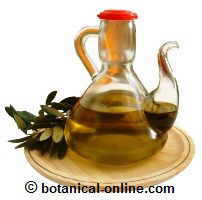
Vegetable oils consist mainly of unsaturated fatty acids, which are monounsaturated and polyunsaturated, which gives them the characteristic of being liquid at room temperature.
The most abundant monounsaturated fatty acid in nature is oleic acid, and is the main constituent of hazelnuts, olive oil and the Mediterranean diet. Canola oil and peanut oils also contain it in good quantity.
The most commonly consumed polyunsaturated fatty acids are linoleic and linolenic, also known as omega 6 and omega 3, which can be found in flaxseed and walnuts, respectively.
What type of fat is margarine?
There are also products obtained from vegetable oils that have a solid state at room temperature. This is due to the hydrogenation of their fatty acids, that is, they have been subjected to a saturation process, an example is vegetable margarines.
How are vegetable oils obtained?
Obtaining the oils can be carried out through different methods:
- Cold pressing
- Hot pressing
- By using solvents for greater product extraction.
Obviously, these techniques result in oils with different characteristics.
Differences between cold pressed or hot pressed oils and refined oils
How is cold pressed oil obtained?
The cold pressing is done by grinding the fruit or seed from which you want to extract the oil. Once grinded, the fruits become a dough that is subjected to pressure by machinery without additional temperature. Pressing will definitely extract the oil, which should be filtered out of impurities. Virgin oil is obtained by this system.
All the product resulting from the previous mass that is not oil, can be subjected to a refining to obtain more oil.
How is hot pressed oil obtained?
Hot pressing is the same procedure as before, with the addition of temperature, which increases the amount of oil obtained, although of different characteristics more similar to those of the refining system.
Normally, the temperature partially or totally deteriorates the oil fats undermining its properties and increasing its acidity.
What is a refined oil?
The refining process consists in obtaining oil from the already pressed dough, and from which no more oil can be extracted by cold mechanical processes.
This dough is crushed so that very small particles remain in order to be able to extract the refined oil better by means of the solvents that are intended to be added. These solvents separate the fat part increasing the obtaining of the resulting product, that is, more oil, in this case refined, and finally evaporated or removed together with the remaining residues, which are usually flours.
Which vegetable oils are the best?
The nutritional differences of these ways of obtaining oil, conclude that the oils that have been produced by the cold pressing system have better properties compared to the refined ones, hot pressed or with solvents, which reduce their organoleptic characteristics and their content in vitamin E, beta carotene and phytosterols. (More information)
Are vegetable oils and essential oils the same?
No. It is possible to differentiate vegetable oils from so-called essential oils, which have nothing to do with vegetable oils. They are only referred to as oils due to the oily texture they present. Essential oils are not edible, they have different properties and different uses, such as a massage oil.
![]() More information on vegetable oils
More information on vegetable oils

